There’s More To Japan’s Top-Rated Resort Than Just Hot Water
Kusatsu Onsen
Kusatsu Onsen is one of Japan’s most lauded hot springs. It has been rated one of the top ten hot springs in Japan for 12 years straight, as well as the number one hot spring in Japan by Japan’s top travel agents for 10 years in a row. Situated in the northwest mountains of Gunma Prefecture about two hours from Tokyo, Kusatsu Onsen is renowned for its extraordinary natural spring waters and many hot spring baths
But what do you do once you’ve had enough of soaking in steaming water, rejuvenating yourself? Or what if hot springs just aren’t your thing? Fortunately Kusatsu Onsen is surrounded by a plethora of things to do, no matter the season.
Shiraito Waterfall
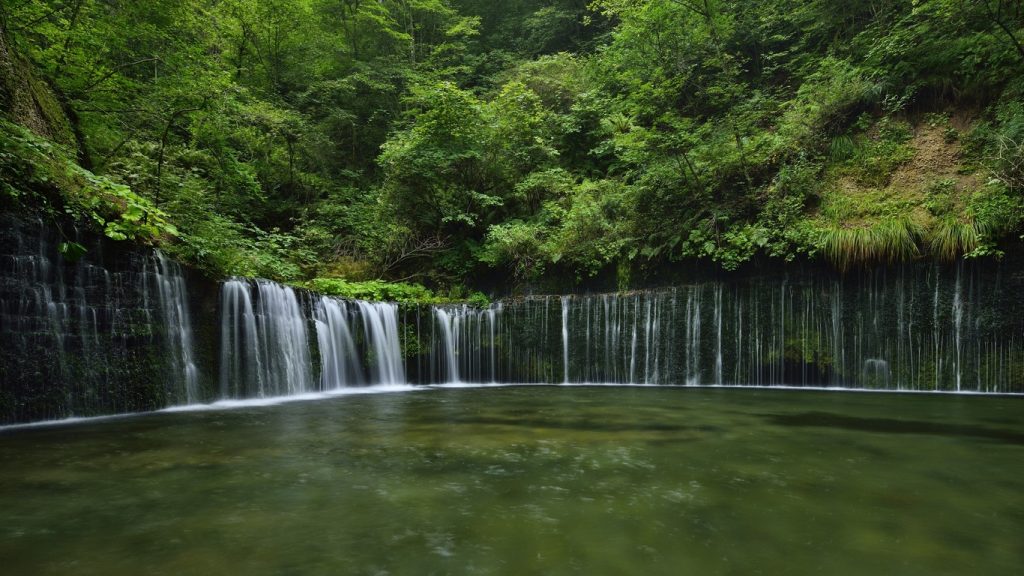
One of the ways to reach Kusatsu Onsen is by bus from Karuizawa station in Nagano Prefecture. Along the way, as you’re driven through scenic mountain views and dense, verdant forests, one of the stops is Shiraito Waterfall.
Its name means “white threads,” and refers to the elegant, thread-like streams of water rhythmically cascading down the falls.
The waterfall stands only three-meters tall, but it curves impressively around lush, moss-covered rocks 70-meters wide.
Another remarkable aspect of Shiraito Waterfall is the water itself. Located at the origin of Nagano Prefecture’s Yukawa River, it is not actually fed by the river, but by the heated groundwater flowing through the subterranean volcanic stratum underneath nearby Mt. Asama. Because the water originates underground, it maintains a constant temperature all year, resulting in crystal-clear water that does not muddy when it rains.
Mt. Asama Oni-Oshidashi Park
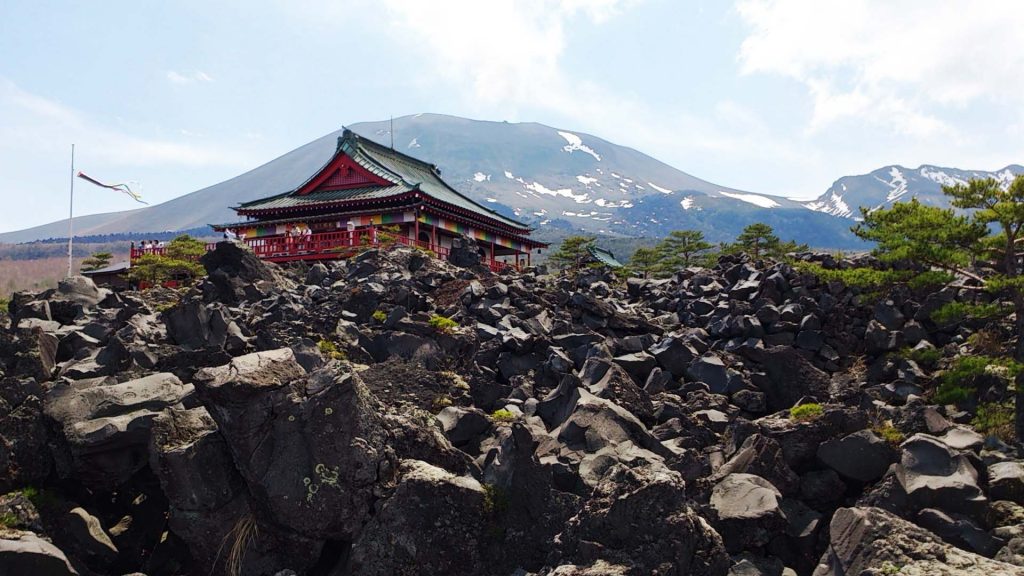
Mt. Asama is a large active volcano that bestrides both Nagano and Gunma prefectures. It is well known as being the most active volcano on Honshu and billowing plumes of smoke can often be seen coming from it. Standing over 2,500 meters tall, Mt. Asama’s last eruption was in February, 2009, which sent ash and rocks up to two kilometers from the crater.
In 1783, an eruption that lasted three months caused widespread damage and lead to the deaths of some 1,400 people. The resulting famine that the Mt. Asama eruption instigated led to another 20,000 more deaths. Oni-Oshidashi Park—essentially a natural lava formation created by the eruption—was so named because surviving witnesses said it had looked as if an enraged demon in the volcano had pushed molten rocks out of it onto the landscape. Oni oshidashi means “a demon coming out”.
It is a remarkable sight, reminding visitors of the powerful and potentially destructive forces of nature. Oni-Oshidashi Park is closed in winter, so if going, you should call in advance for details.
Mt. Shirane
Another active volcano in the area is Mount Shirane, also known as Mount Kusatsu-Shirane. Standing at 2,160 meters, Mt. Kusatsu-Shirane is frequented by travelers from all over Japan and the world who come to tackle its numerous hiking trails, ski its acclaimed slopes and view the majestic scenery it has to offer.
One of its most impressive is Yu-gama (literally, “hot water pot”), the largest of three crater lakes.
Yu-gama is one of the prime features of Mt. Kusatsu-Shirane because it is one of the most acidic lakes in the world.
It measures approximately 300-meters wide and 30-meters deep with a near-constant temperature of 18 degrees Celsius. The lake’s color drifts from baby blue to turquoise to a stunning emerald green with dustings of yellow sulfur floating on its surface.
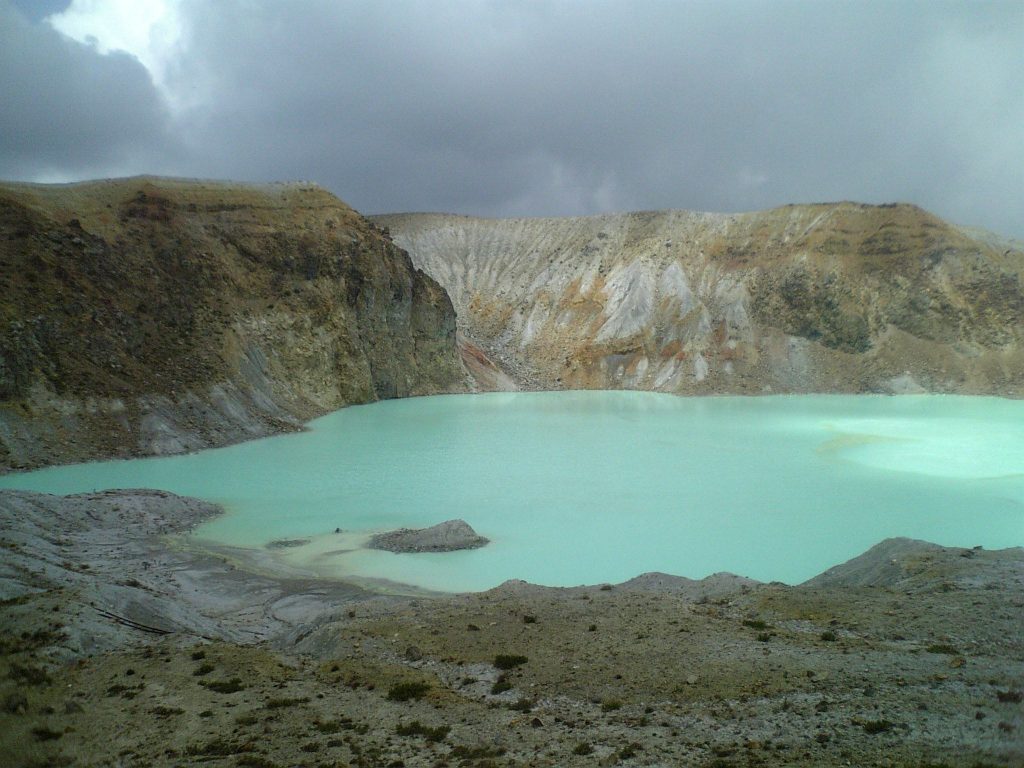
For those who’d like to visit, you can get there by bus from the Kusatsu bus terminal or by the more daring — and visually rewarding — Shirane Volcano Ropeway. Roads to Yu-gama are also closed during winter, so call in advance for details.
Omiyage
A necessary part of any tourist trip in Japan is shopping for omiyage (souvenirs), but it’s especially fun in Kusatsu. Walking from shop to shop along winding backstreets only adds to the town’s old-school Japan vibe, and the shop vendors are notably friendly. There are all kinds of omiyage available, everything from souvenir standards like handkerchiefs, towels and T-shirts, but if you’re looking for something that’s truly Kusatsu-only, then look for some Kusatsu Yunohana bath salts, hot spring water or the town’s famous onsen manju (sweet bean cakes). There are some 15 different stores in Kusatsu that sell their own onsen manju, like the Matsumura Manju shop. They’re best eaten fresh and have a very short eat-by date, so make sure to buy them on your way home!
With so much to see and do, you’ll need several days at the very least to take advantage of all that Kusatsu Onsen has to offer. Or you can do what we do and plan short trips throughout the year. Being only a couple hours from Tokyo — it isn’t hard at all to do!
The Deets
Kusatsu Onsen
Address: 3-9 Kusatsu-machi, Kusatsu, Agatsuma-gun, Gunma Prefecture












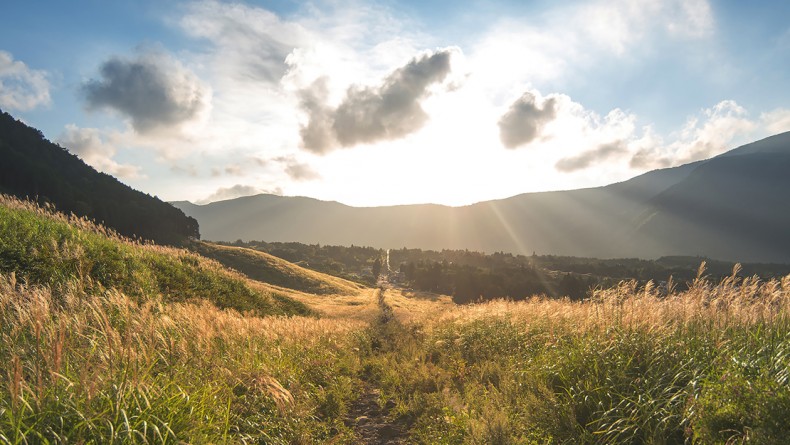
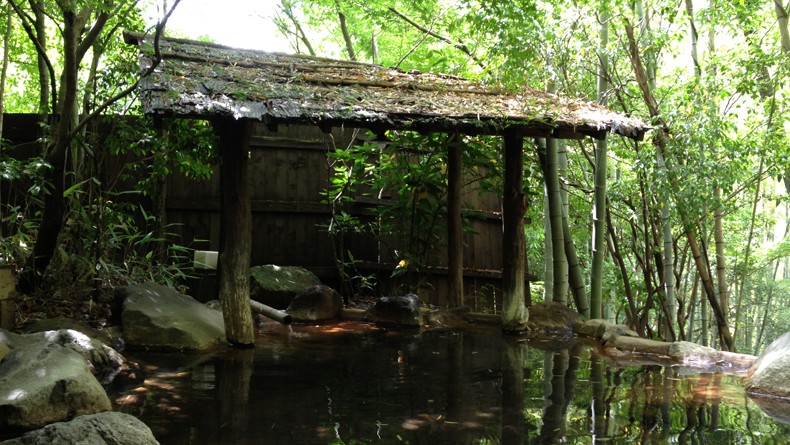
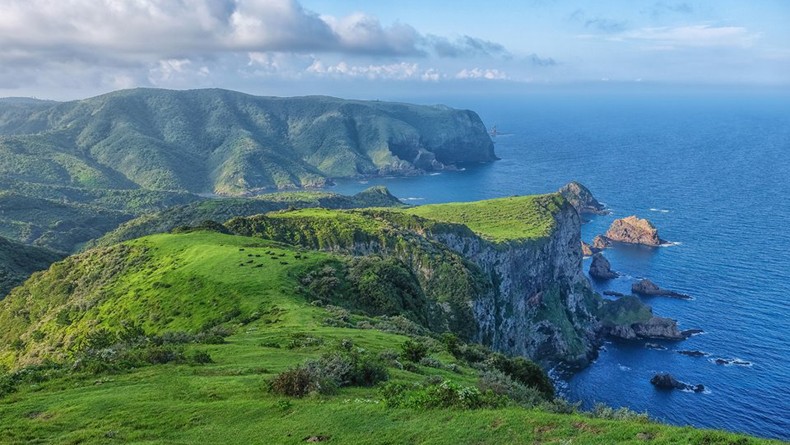
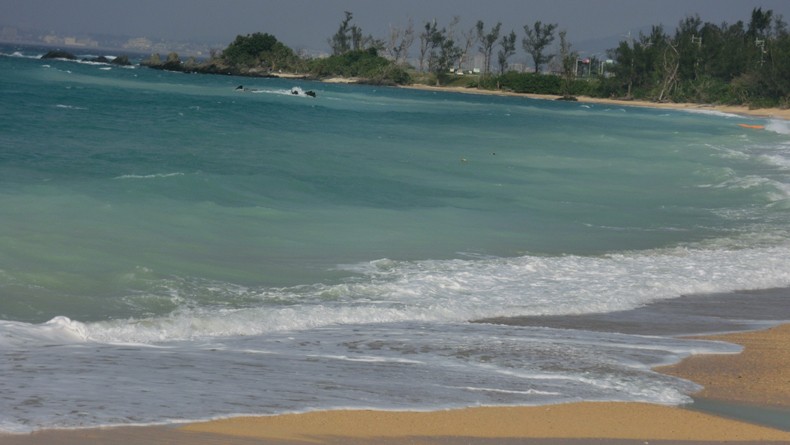
Leave a Reply